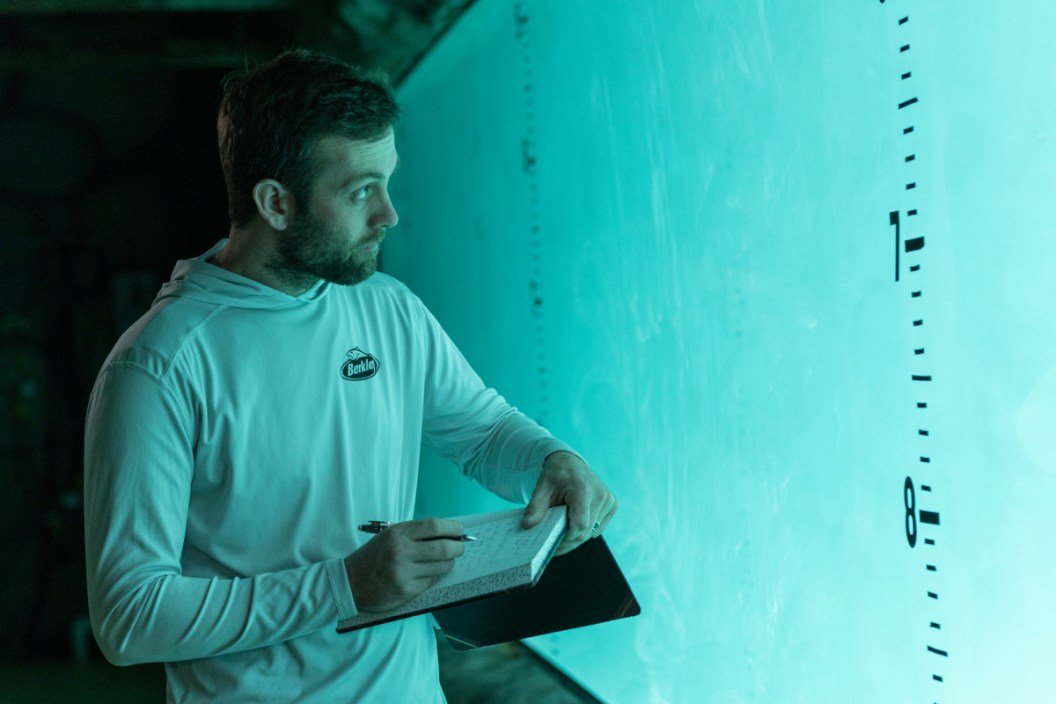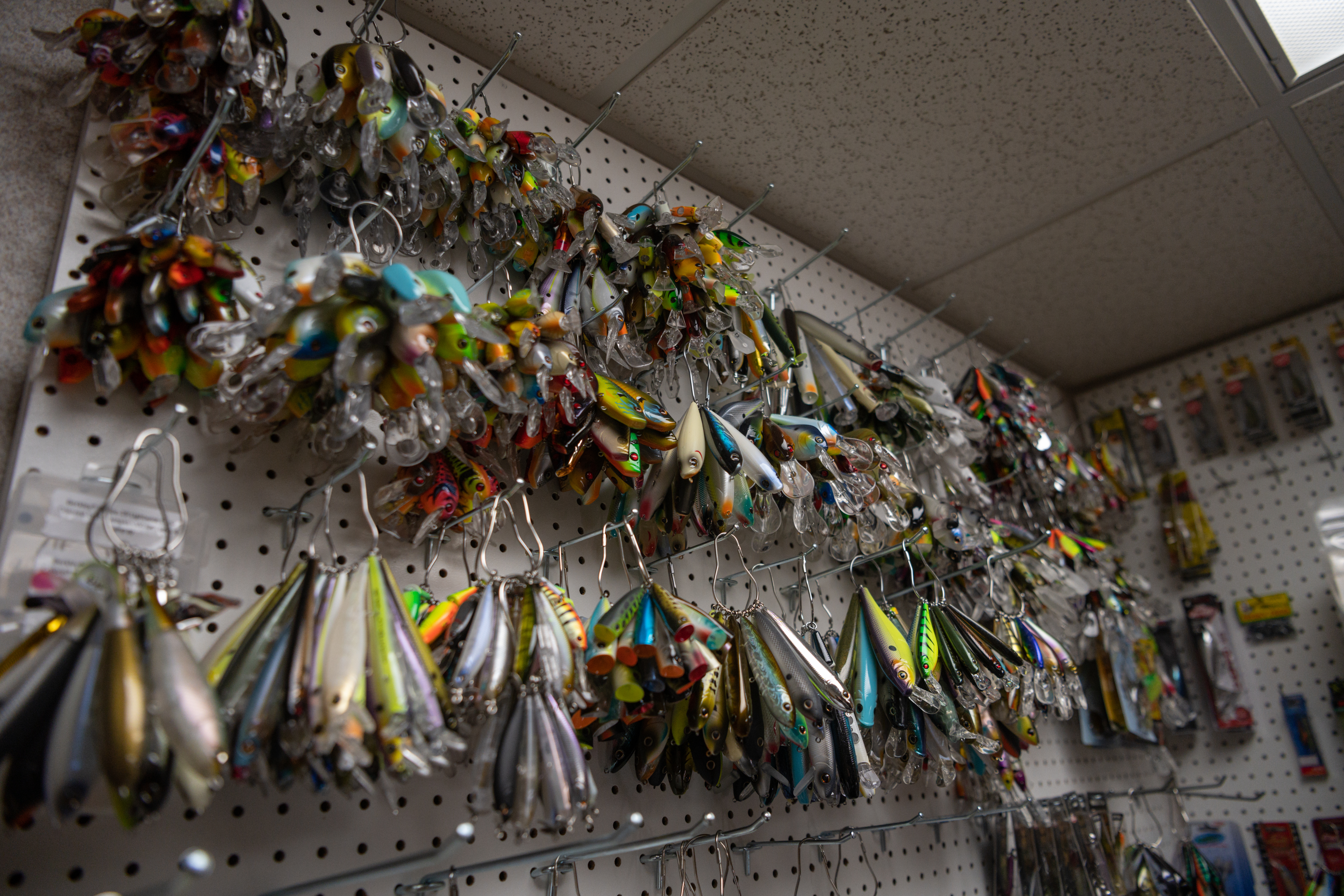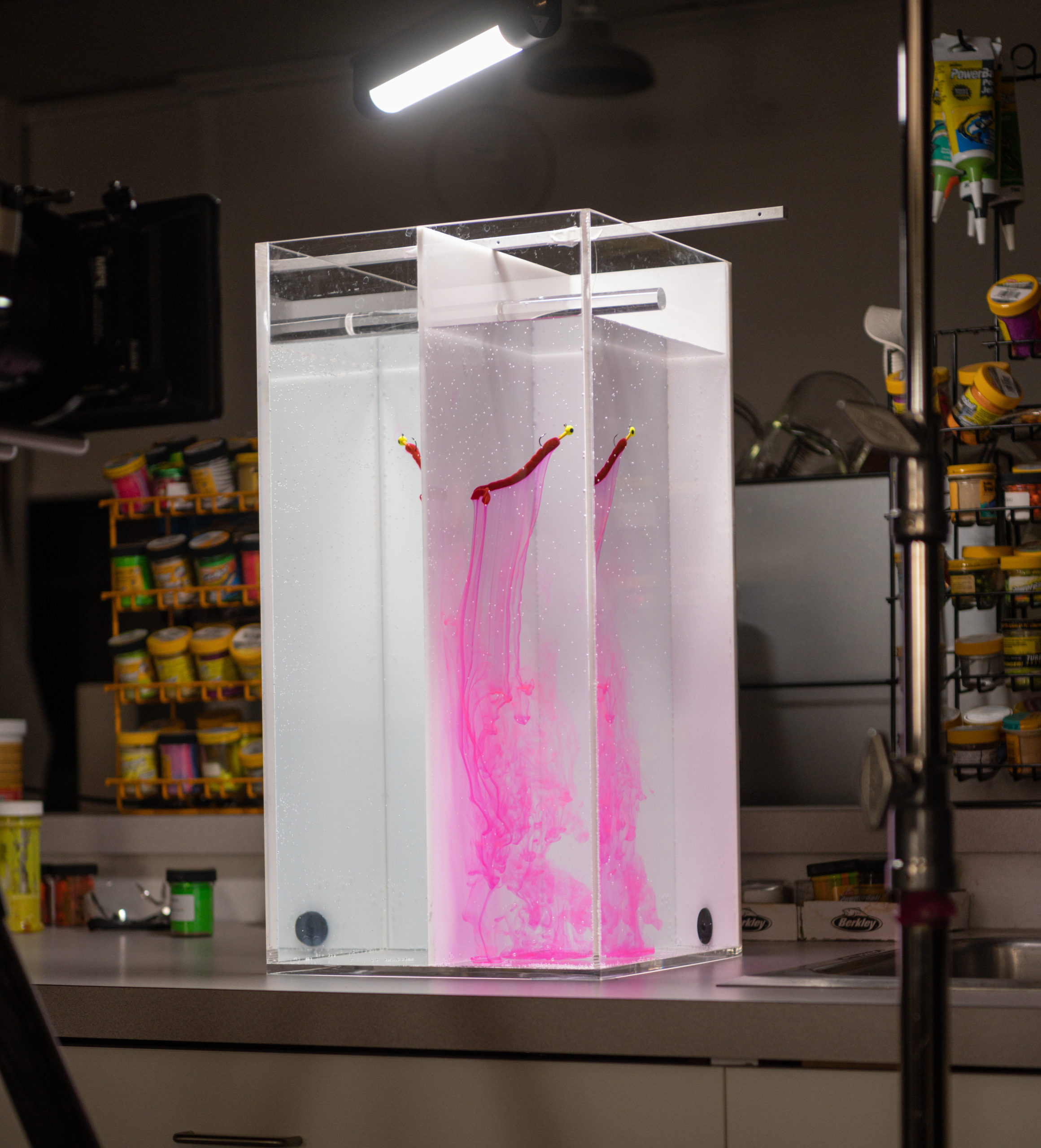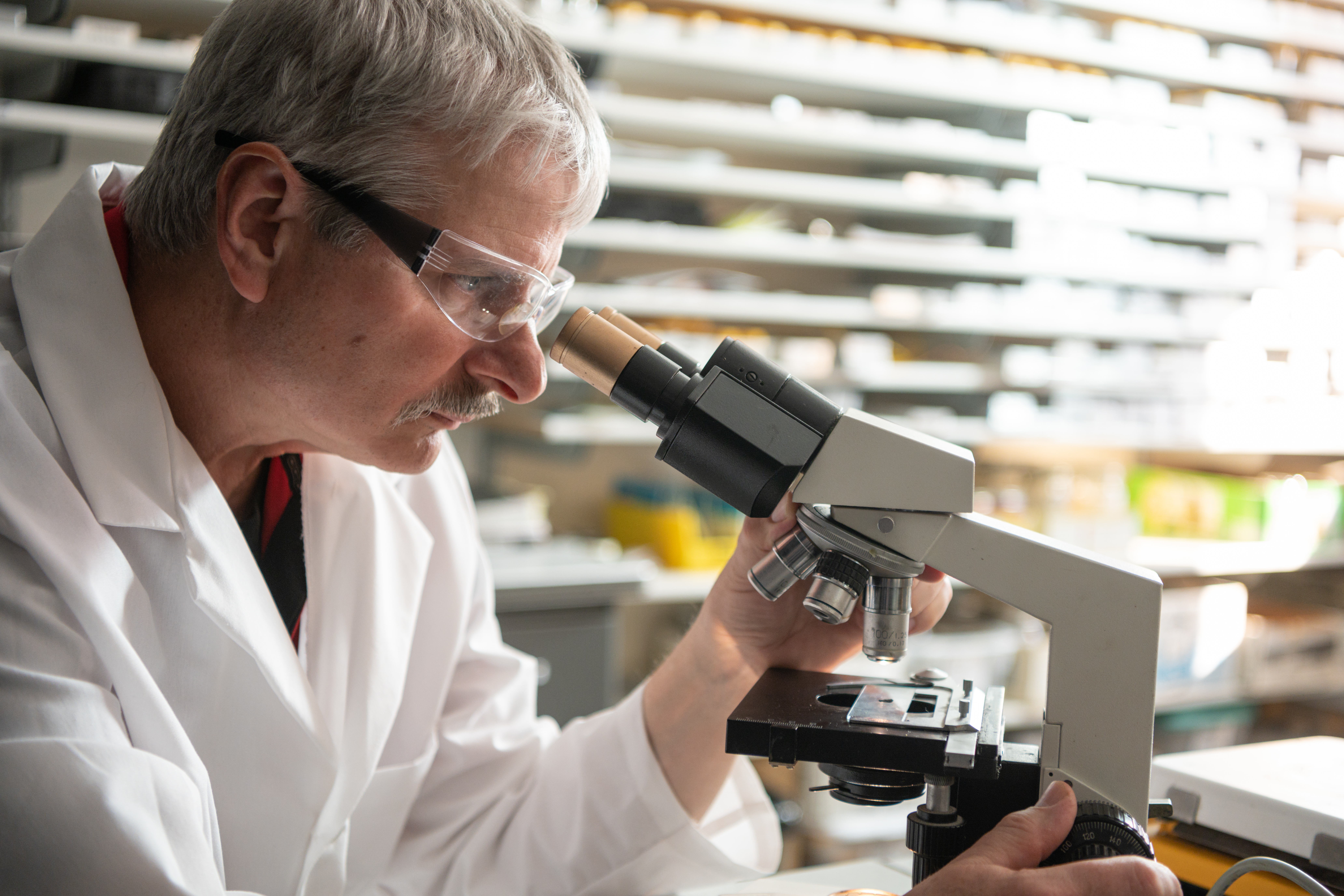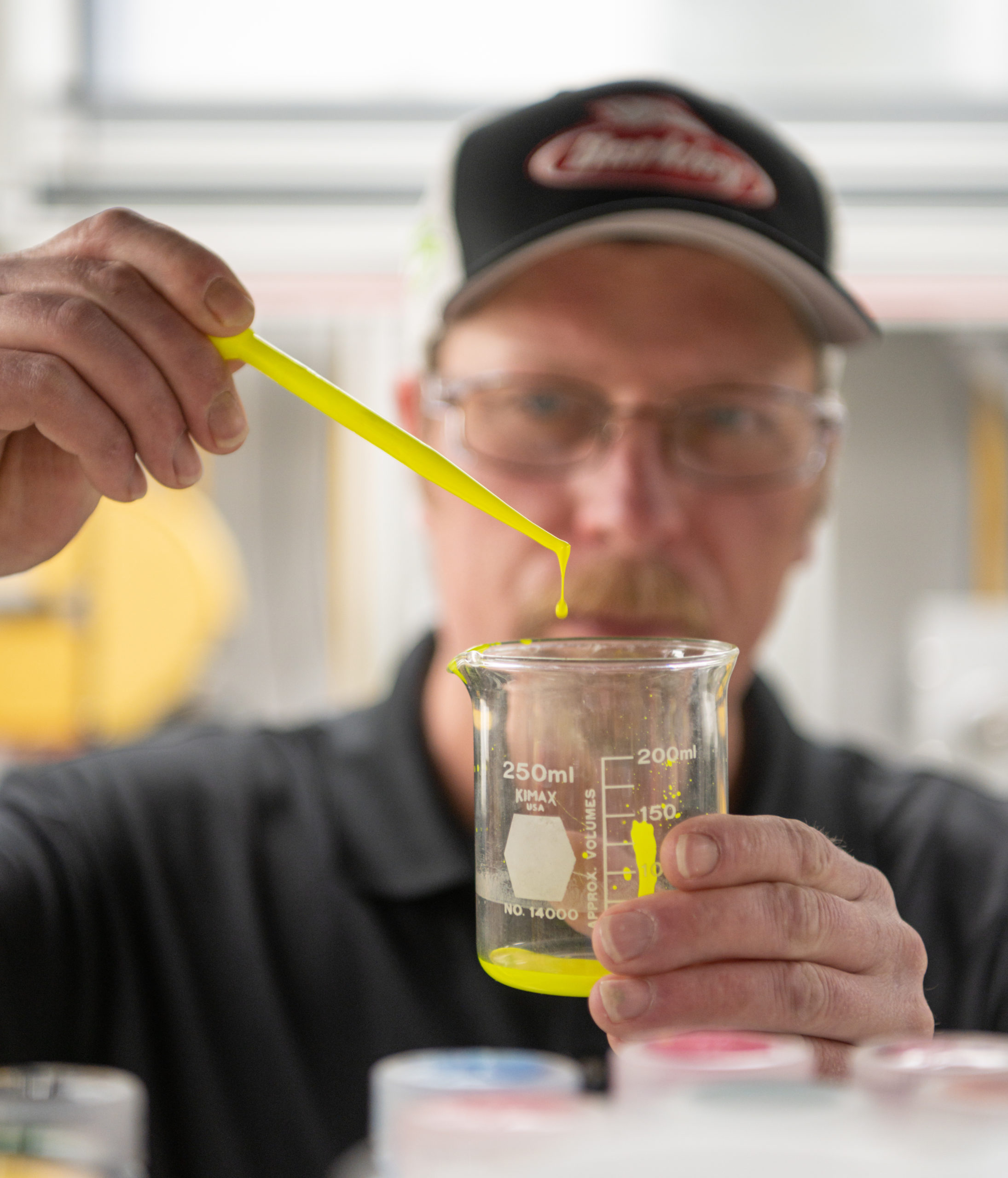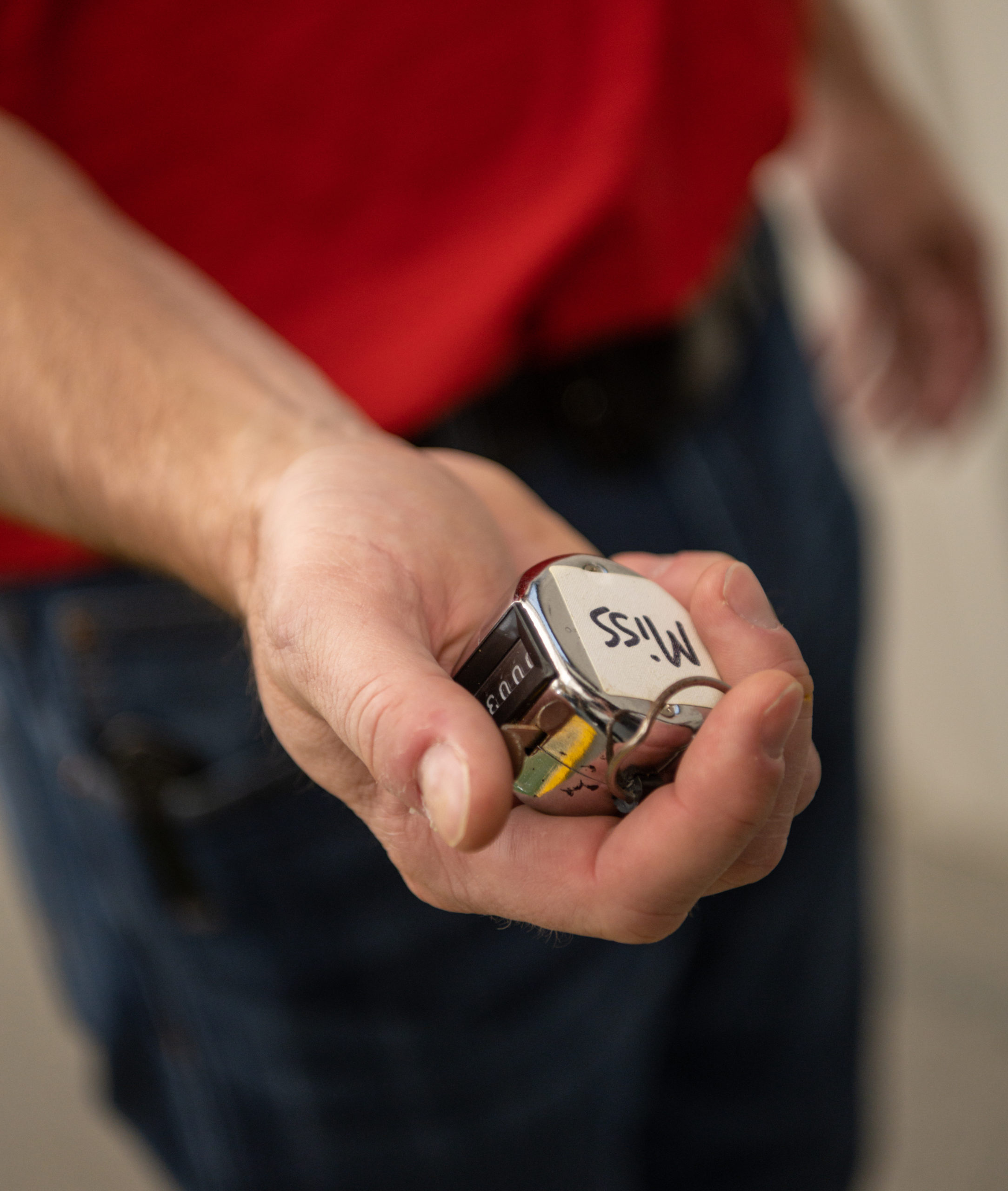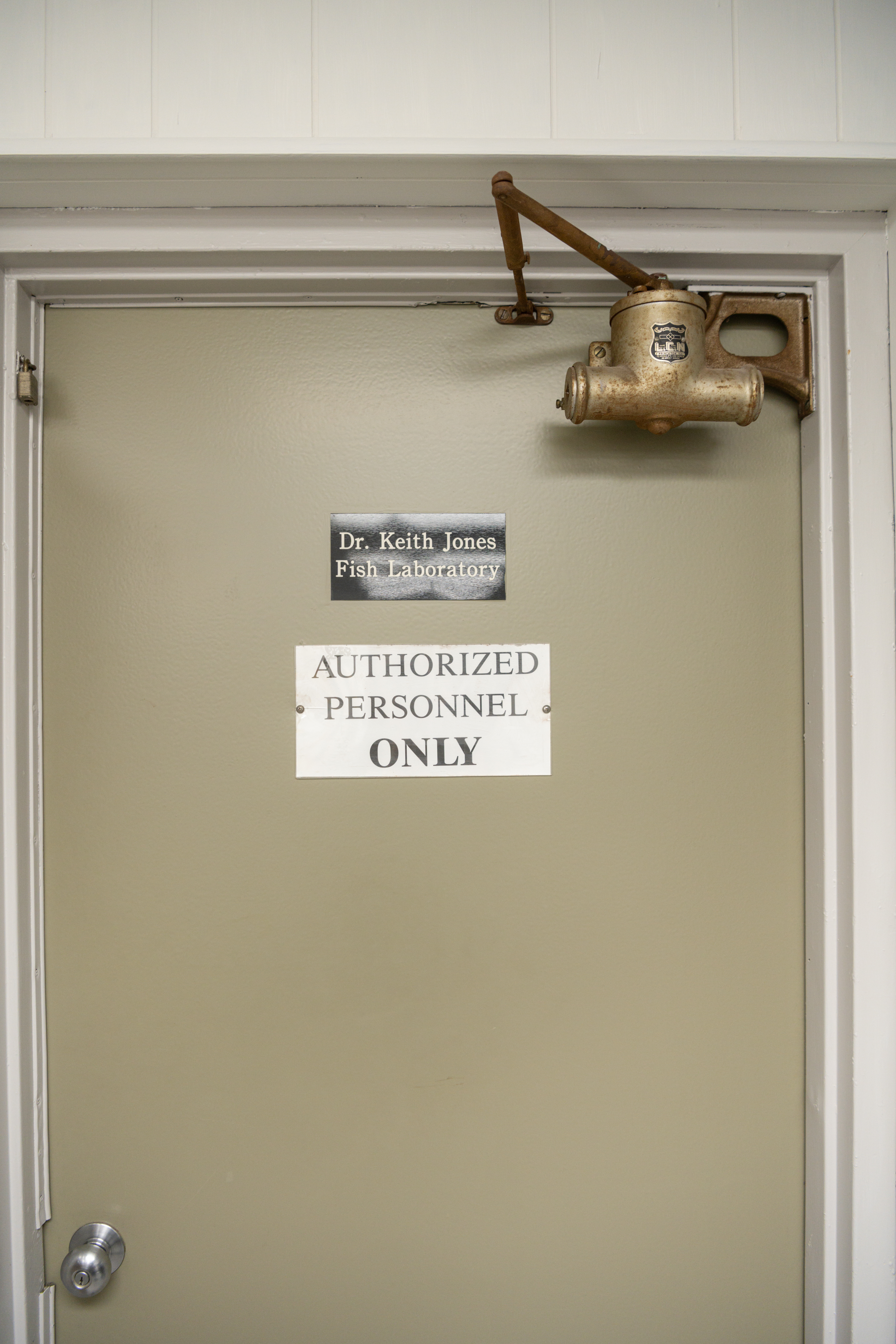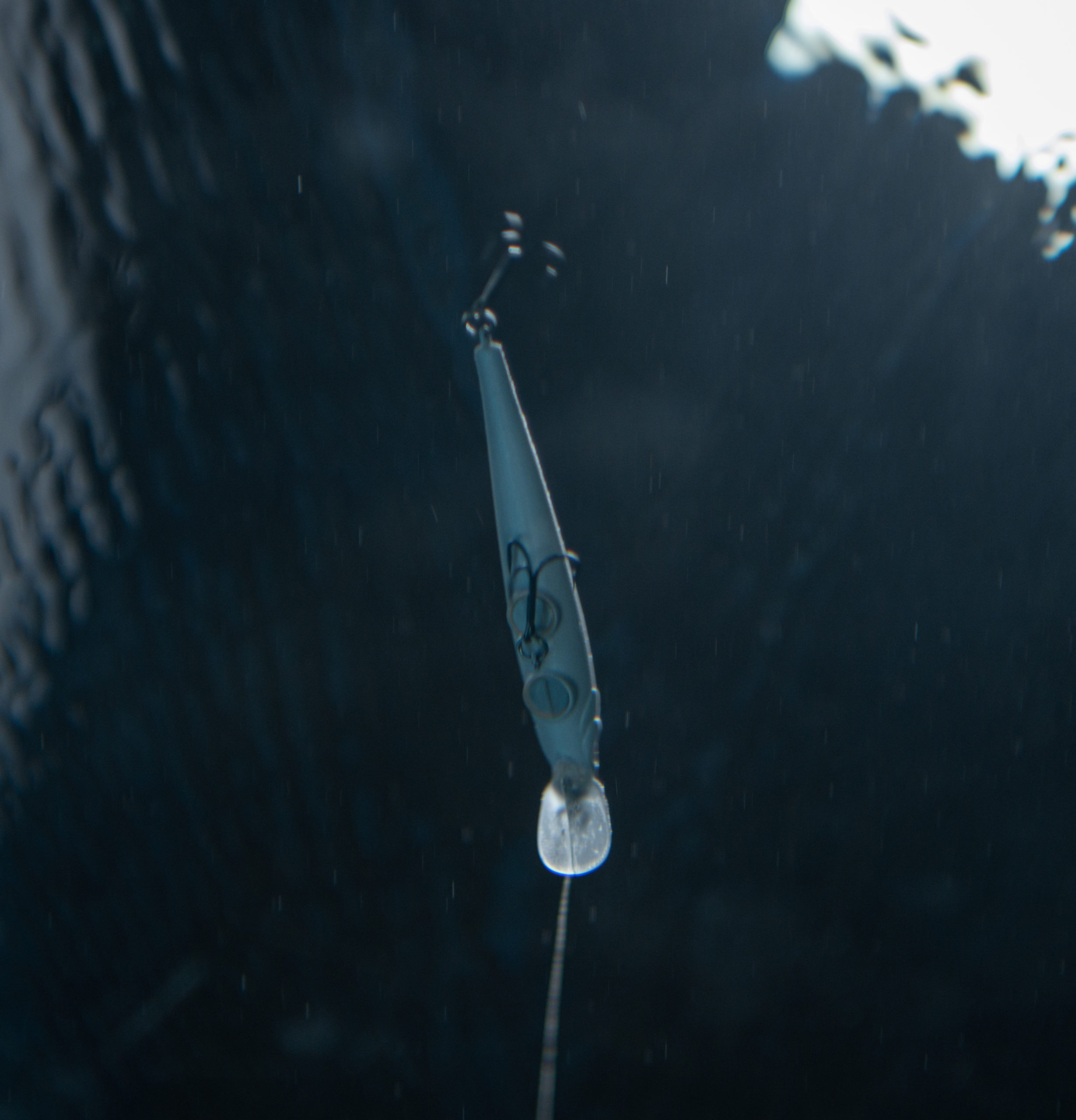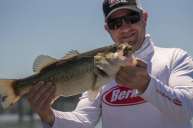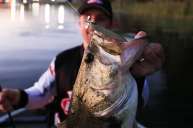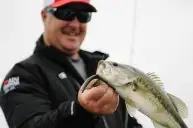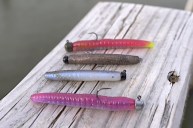Berkley took us behind the scenes of what goes into their popular lines and lures.
In the world of fishing, Berkley is a brand every fisherman and woman knows well. The brand has been a household name for decades now. If you are like me, you likely got your first exposure to their products through their iconic Berkley Powerbait line of soft baits and attractants. These days they also build fishing rods, hard baits, jigs, fishing line, and more for every type of species an angler could want to target, freshwater or saltwater.
Of course, the company has been around for quite some time. Started in his parent's basement while still a teenager back in 1937, Berkley Bedell's company is now one of the largest fishing tackle manufacturers in the world. Yet their home base stays grounded in small town America.
We recently had the opportunity to travel to the Berkley/Pure Fishing factory and labs in the small town of Spirit Lake, Iowa. We came away thoroughly impressed by what we saw. Because as it turns out, there is a whole lot more that goes into making fishing equipment than we realized.
The factory floor.
As an angler, taking a trip to a fishing line and lure factory is a little like Charlie getting to visit Willy Wonka's chocolate factory. It is a dream come true, and a rare peek behind the scenes. Berkley and Pure Fishing are extremely secretive about what goes on inside their walls. It has been quite some time since they have offered tours to the public. They did not even allow us to take a camera inside. It is understandable. They do want to protect their trade secrets. I can tell you a little about what they did show us and why it was so fascinating.
They started off the tour by having the floor manager, Derek Heronimus, take us through a door at the end of a narrow hallway. If you have ever worked in a factory, you are familiar with what we saw next. It does not matter the type of factory they all seem to have the same feel. Brightly lit, hot, and noisy. Forklifts beeped for safety as they zipped across the floor, making their rounds with pallets of raw materials and finished product. All over the floor, we saw hard-working men and women churning out the products you see on your local sporting goods store's shelves. The only big difference between this and other factories was the unmistakable smell of soft plastics and fish attractant that lingers in the air.
The first thing we saw were a series of extruders churning out hundreds of thousands of feet of Berkley fishing line. Fluorocarbon, monofilament, and braid. They make all the favorites here like Berkley Trilene XL and Trilene XT. We saw huge spools of lines like their popular Fluoroshield and X9 brands. On this day they were running green fluorocarbon.
While many of the machines used by Berkley are special order, Heronimus said some machines, like the spoolers, are designed and built in-house by engineers and programmers on staff. During our visit, a handful of workers were assembling a new extruder so they could run even more line. In 2020, things slowed down a bit for the company when the coronavirus pandemic hit. However, production on line and fishing bait has ramped up since then as more people started hitting the water.
"I think we started slowing down in April, and then we started really ramping up in June-July again," Heronimus said. "We've been full bore since then. We actually had our best two months in this facility in March and April than we've had in the last ten years for output."
Much of the slowdown can be attributed to the raw materials becoming scarcer. Fortunately for the fishing industry, they have had an easier time of that than ammunition manufacturers. Berkley just started a weekend shift, and they are manufacturing some lines 24/7. In total, the company brought in nearly 60 new hires over the course of 2020, and they are expecting to bring even more jobs to the small, Northern Iowa community.
In what became a running theme through the tour, there was much Berkley could not show us. Only because of how closely they guard their trade secrets. In one part of the factory Heronimus pointed to a section that is completely walled off from the rest of the floor. He only alluded that a vital part of the process of making Berkley Gulp happens inside and access is strictly controlled.
The processes of what goes into Powerbait is so secretive, most employees do not even know all the ingredients. At one point, Heronimus took us into a smaller room and showed us just such an ingredients list. It had a list of generic-sounding code names like "Component A," and "Component L-2" on it. The employee mixes all the coded components together with a hardening or softening compound to get what the research and development lab wants.
"Depending on whether it's for walleye or bass, they all have a little different tweak to the secret sauce," Heronimus said.
Heronimus said even he does not know all the ingredients going into making the baits so potent. He also noted that they are one of the only fishing companies that so closely guards how they make their lures. Much of what they showed us on the tour consisted of the packaging lines where the baits are bagged and sealed before heading to stores. In one area they showed us a machine that preps trout dough nuggets for packaging. As we learned later in the tour, Berkley sells more trout dough than any other product. The dough was pouring out of one machine looking more like a giant-size children's Play-Doh toy than one of Berkley's hottest selling products. For a visiting angler, it was the most Wonka-esque thing I saw on the tour.
The science of fishing lures.
If you have bought a bag of Power worms in the past 20 years or so, you have probably seen how Berkley's packaging touting how everything they put out has been either field or "laboratory tested." I must admit, it all sounds like marketing buzzwords and nothing more. I honestly was not expecting much when Mark Sexton, Berkley's Manager of Fish Science and Product Testing took us down another hallway into the company's laboratories. It quickly became apparent Berkley is not messing around when it comes to using science to build a better fishing lure. We passed small offices with researchers in lab coats staring into microscopes and jotting down notes like they were researching the next Covid vaccine. Eventually we went through another door into a larger area.
This area had 10-inch largemouth bass and trout in approximately 20-gallon tanks. Sexton took a small cotton ball and soaked it in Powerbait. He asked one of the other journalists in attendance to time on his phone how long the fish held it. The bass slurped it up immediately and did not spit it out.
"Everything in his brain said 'Yeahhhh, eat it!' Sexton said. Then motioning to the timer, he continued: "You can stop. You'll be standing here until tomorrow when it comes out the other side."
Sexton then soaked another cotton ball in a competitor's product and did the same experiment. The fish spit out the cotton ball in less than a second.
"Maybe Gary (Klein) could have stuck that fish, the rest of us, no, not gonna happen," Sexton joked.
This is a man who absolutely loves his work. In fact, I got the impression all the scientists in the lab do. These are people with PhDs who could easily be doing other kinds of scientific work. They want to make fishing lures because they love angling.
Sexton noted they have tested a little bit of everything when it comes to scents on bass. Things you would expect, and things you would not. They know what the fish like and do not like. Among the more unusual findings. Bass cannot stand coffee or some of the chemicals found in sunscreen. The oil-based attractants used by many of their competitors have also yielded less than impressive results.
Testing like this is how the company develops things like their Powerbait Maxscent line. At one point Sexton suspended a Maxscent worm in a tank just to demonstrate how much scent disperses off it compared to original power bait. Within half an hour, the tank was pink in color as the bait leeched a tantalizing scent trail into the water.
Testing the lateral line.
The scientists at Berkley are not just testing a fish's sense of smell either. Sexton led us to another part of the facility with a large oval-shaped tank set into the floor. Peering inside, I noted there were dozens of bass in the tank with the largest being roughly two or three pounds. Sexton said the company started to get serious about hard baits around 1996. Prior to then, the company used to look at things like crankbaits and jerkbaits in a much more simplified manner. Now it has gone far beyond simply trying to make something shimmy or rattle. Or trying to make it look like a craw or a minnow swimming through the water. In short, they let the fish tell them what they like. The way to do that was by testing their sight, their hearing, and how they sense lures via the lateral line. It is a far cry from what they used to do when developing a new hard bait.
"They way we would describe it (the action) was 'Oh, that's a bass bait,' or 'That has a really tight action,'" Sexton said. "That doesn't mean s***. It means literally nothing until we quantify it. There's seven different components of motion to each one."
These days, instead of classifying something as having a "tight action," Berkley uses much more technical terms. They classify baits based on things like frequency, pitch, and yaw. They also gain quite a bit of data from just watching fish react. One of the engineers hit a switch and a small robot on a track started circling the tank. The robot had an arm in the water with a camera feeding real-time images to a TV on the wall of a red lipless crankbait being dragged through the tank. Right on cue, the bass started battering it as it circled the tank. The researchers use a counter to record exactly how many strikes each lure gets. From that, they compile it all into real-world data that goes directly into the engineering of each crankbait or jerkbait the company produces.
"After so many laps, the same speed, being scientific again, we know how many strikes that bait got," Sexton said.
They also regularly cycle out the fish in the tanks for new ones. The tested fish are given to wildlife agencies to be stocked in area lakes They have a good reason for cycling the fish. Their testing has also revealed fish remember when something is and is not food. They may have hammered that Flicker Shad crankbait or grub the day before, but once they realize it is not food, it takes them a while to forget.
"We did a study, and we can prove that bass can remember a negative experience for six months," Sexton said.
It is not just tank testing either. The scientists go into the field and test regularly too. While using strict parameters and multiple types of baits to see which ones the wild fish respond to best. Sexton said they have learned a lot about how much action means to a fish. They have had instances with identical baits in the tank running side by side and one will get hit more than the other. The difference? Something subtle in the action that we humans simply cannot understand.
"I had no idea action meant that much to a fish," he added.
Sexton and many of the other team member's scientific curiosity for this kind of thing come through clearly when you speak with them. These men and women are scientists and are fully data-driven, but at the same time, they also clearly have a real passion for angling and helping others catch more fish.
"We do everything in the field to validate what we do here," Sexton said. "The nice thing is, about ninety-five percent of the time, the same exact results we get here we get in the field."
Line and action testing.
Sexton led us into some more labs dedicated to scientific testing of fishing line. One part of the lab has equipment devoted only to breaking line and recording vital data on the strength of each type. It is not only stress testing either. The researchers spend incredible amounts of time testing the different kinds of line and seeing how they react to different factors like water and air temperature. It is all highly technical. To the point some of it may go over the heads of even the researchers at times. In a temperature-controlled room, Sexton turned to a complicated and expensive-looking device on the counter and remarked: "I don't even know what this thing does!"
In another room, the Senior Member of Product Development, Keith Ostrum showed us a sophisticated 3-D printer. It has been something of a game changer in the world of fishing lure development. Berkley often brings in pro anglers for input on new designs. The printer has enabled them to show working prototypes to the pros in an afternoon rather than weeks later.
Which is good. Because they go through plenty of prototypes. Their new jerkbait, the "Stunna," went through a staggering 38 re-designs until Bassmaster Classic Champion Hank Cherry was happy with it. Ostrum stressed that the amount of time in development does not matter to Berkley as much as getting it right does. The company spent nearly two years working on getting Powerbait baked into the skirts of their new jig heads alone.
The last area of the tour was Berkley's casting tank. Which is exactly what it sounds like. It is a pool over 30 feet long and over 12 feet deep. Made exclusively for casting and retrieving lures to study and test the action. They concluded things by showing us the sinking abilities of their new Powerbait jig heads, the erratic darting and shimmying action of the Stunna and the stunning look-alike abilities of the new Gilly soft swimbait set to hit shelves in the fall. They also showed us a water flow tank that allows them to study how water moves and is displaced over each lure design. By the time I walked out of the facility, all I could do was shake my head in disbelief at how serious Berkley is about this stuff.
To say that they have all their bases covered when it comes to research in fishing would be an understatement. Knowing how much work goes into the next big lure, it gives us a better appreciation for what lure designers do. It also makes us anxious to see what the fine folks in Spirit Lake, Iowa develop over the next few years. For more information on Berkley, visit their website.
For more outdoor content from Travis Smola, be sure to follow him on Twitter and check out his Geocaching and Outdoors with Travis YouTube channels.
NEXT: PETA IS NOW GOING AFTER FISHERMEN
WATCH
